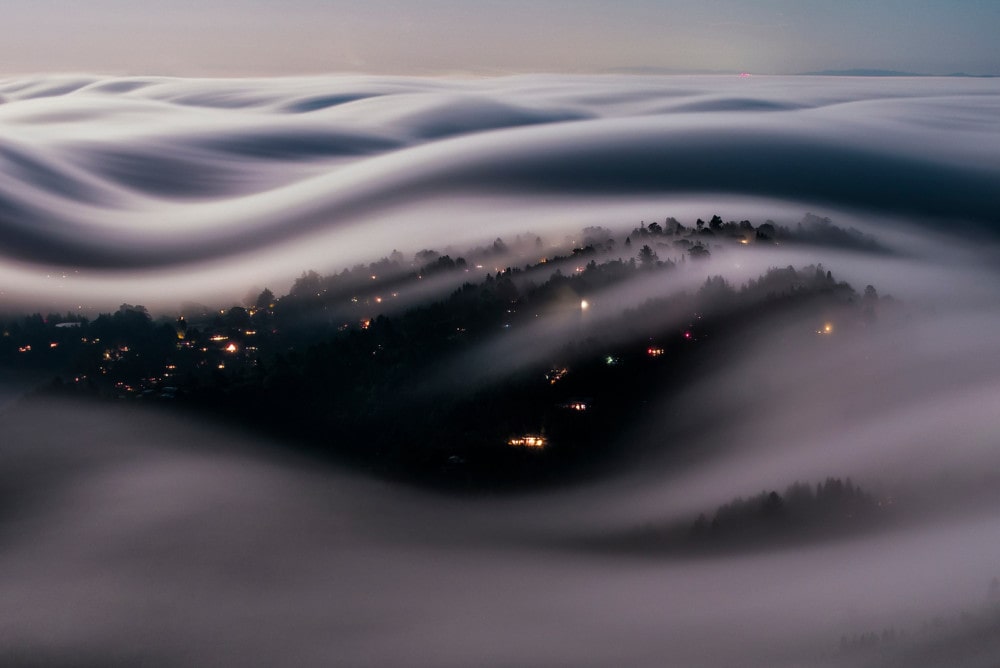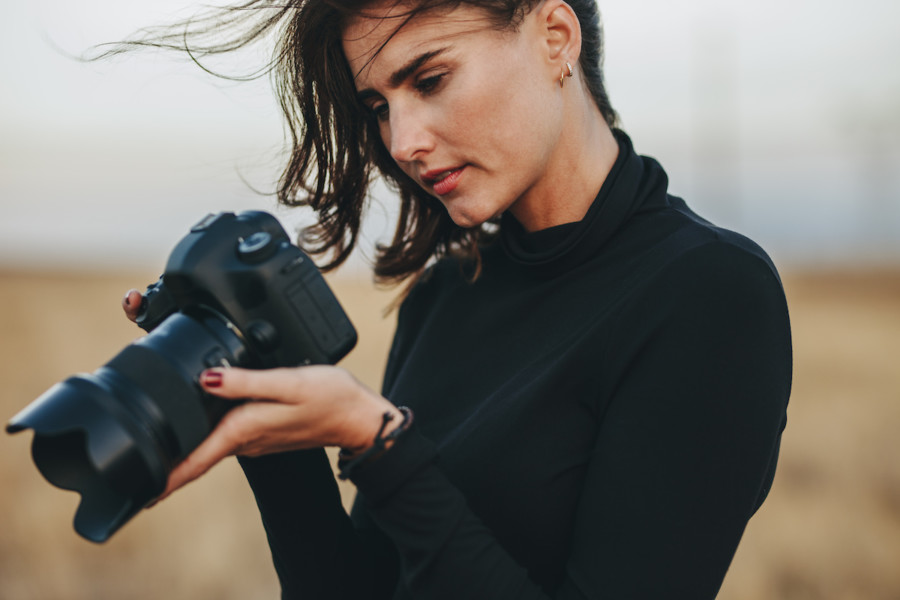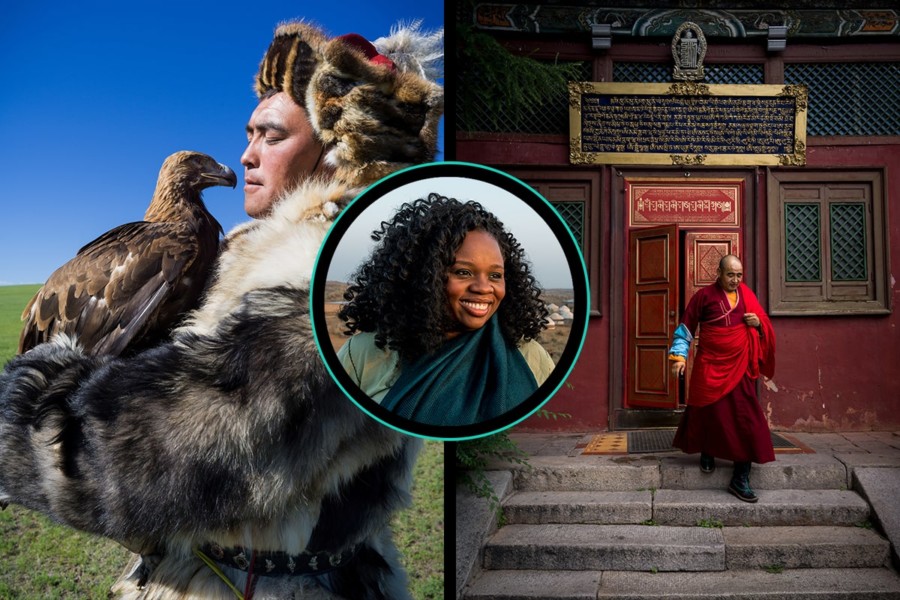Share
50 Nifty Reasons to Love Photography in 2016
Today nearly everyone has a camera in their pocket. Photography is the most democratic form of expression. It can be precious, but need not be. It ...
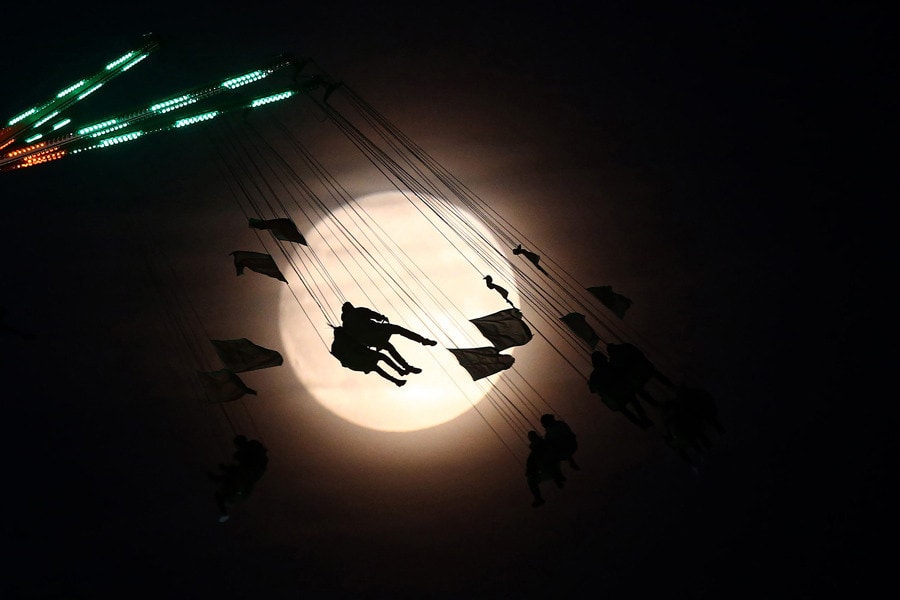
Today nearly everyone has a camera in their pocket. Photography is the most democratic form of expression. It can be precious, but need not be. It can be shared instantaneously with a dozen friends or followers. Or a few thousand. Or with millions of people instantaneously through platforms like Instagram.
This year, we saw iconic photos, more selfies than you could shake a stick at, and video portraits. We questioned the portrayal of felons, watched giants fall, and tried to make sense of live violence. But as in years past, all the photos and the stories behind them represented the gamut of human emotion and experience.
For all these reasons, I love photography. Let me show you why.
1. The view’s still good from above
2016 might have been the year we hit peak drone, and at some point you would think that we would tire of yet another overhead shot. But Michael B. Rasmussen’s aerials of Denmark in Autumn reminds us that while the drone is just a tool, the eye and patience of the photographer make the image.
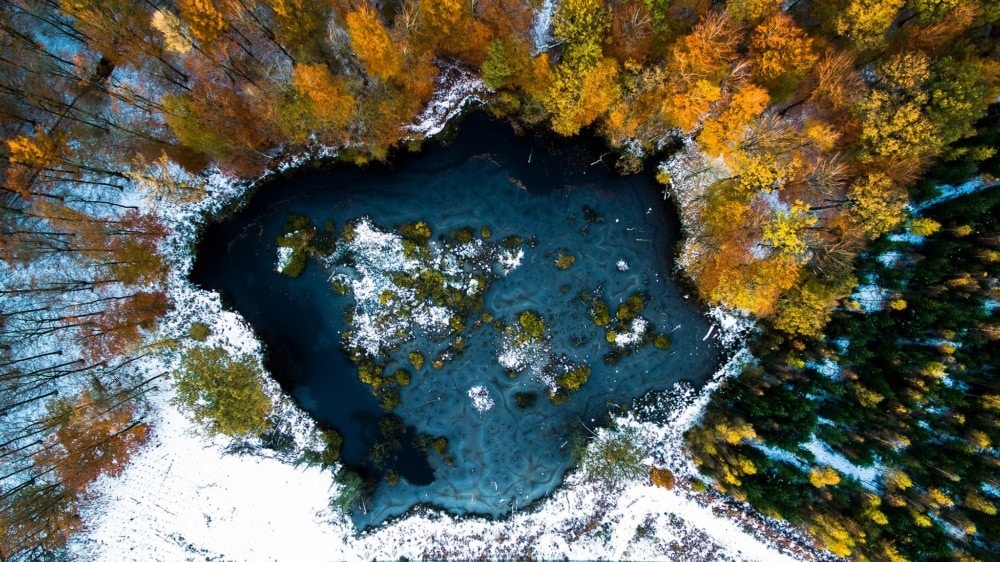
2. “It’s like Princess Leia against the Stormtroopers”
TIME called it one of the 10 best photos of the year. We agree. Photographer Jonathan Bachman said, “Whatever the photographic merits of the image may be, I am most proud that it sparked an international conversation about police brutality and race relations in America. I believe that when there is conversation, no matter what side you are on, progress is being made and we begin to better understand one another. And to me, the ability to stimulate dialogue is one of the hallmarks of great photography.”
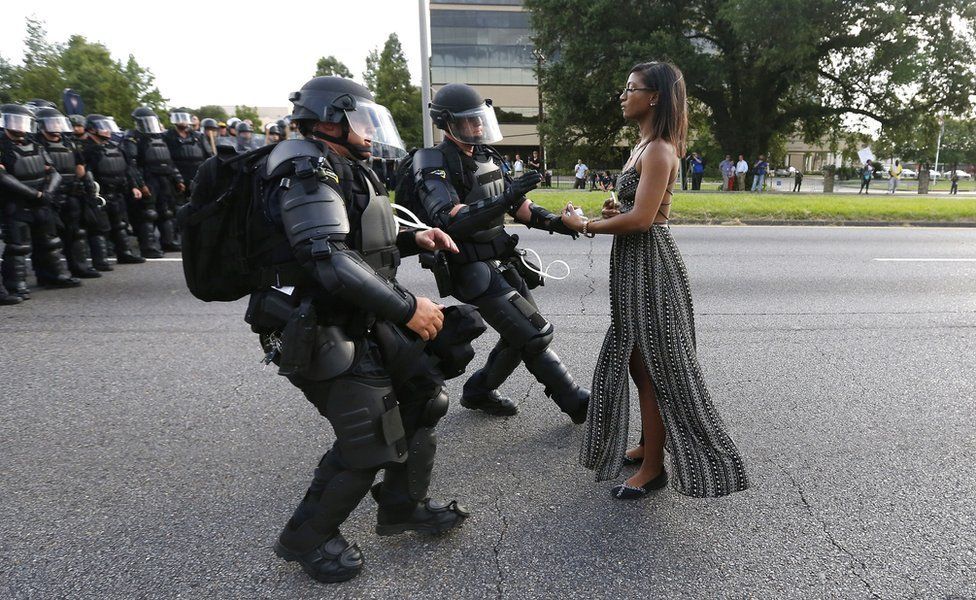
Photo by Jonathan Bachman
3. Even cats know window light makes them look good
Virtually every student of photography knows that diffuse window light makes for great portraits. Dutch pet photographer Felicity Berkleef photographs a lot of cats, but we’re partial to the photos of her cats in front of her window on rainy days.
https://www.instagram.com/p/BM_8HaKhd6g
4. Put it on photopilot
For passengers, long flights can be a great way to binge watch a few movies while staving off boredom. But pilots don’t have personal entertainment systems. Pilot Christiaan van Heijst doesn’t mind because the view out of the cockpit is pretty good. We also like Pilot Santiago Borja’s photo of a lightning storm over the Pacific Ocean.
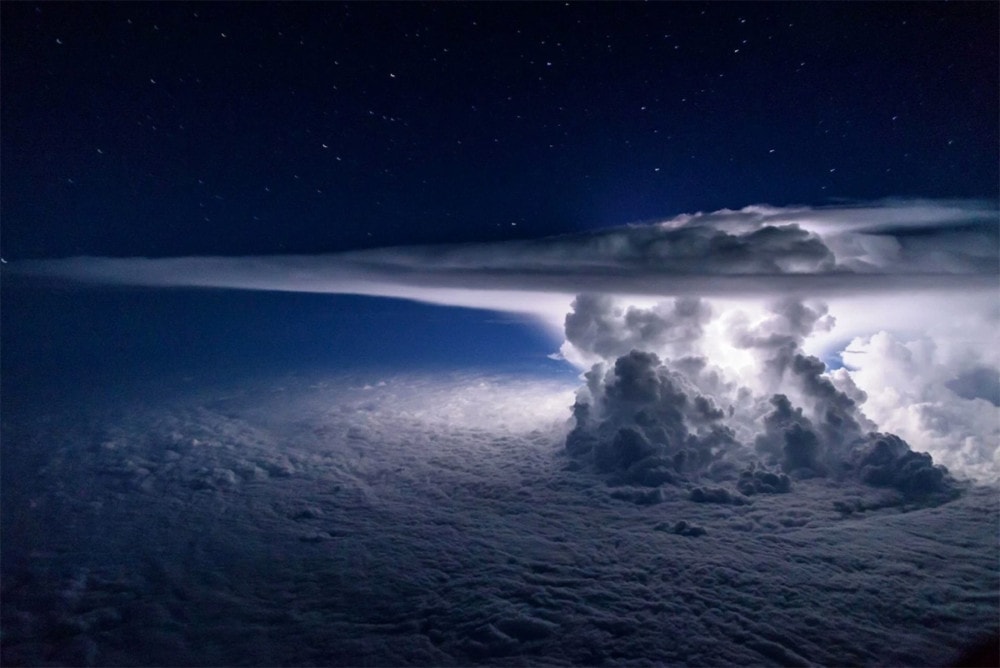
Photo by Santiago Borja
5. Oh when the fog, comes rollin’ in
More than a handful of photographers have hiked up to Mount Tamalpais in Marin County to capture the scenic view. But the persistence of Lorenzo Montezemolo paid off one moonlit evening when the fog rolled over the gentle slopes for this incredible 3-minute exposure.
6. AI tells you where photo was taken & who you are
We are in the early days of Artificial Intelligence, but if the first examples are any indication, we’re in for an interesting ride. Services like Apple Photos have employed automatic keywords and facial recognition for a while, but Google’s new AI can already outperform humans in identifying a location without GPS data. And researchers at the University of Texas at Austin and Cornell University created software that can identify faces even when they are highly pixelated.
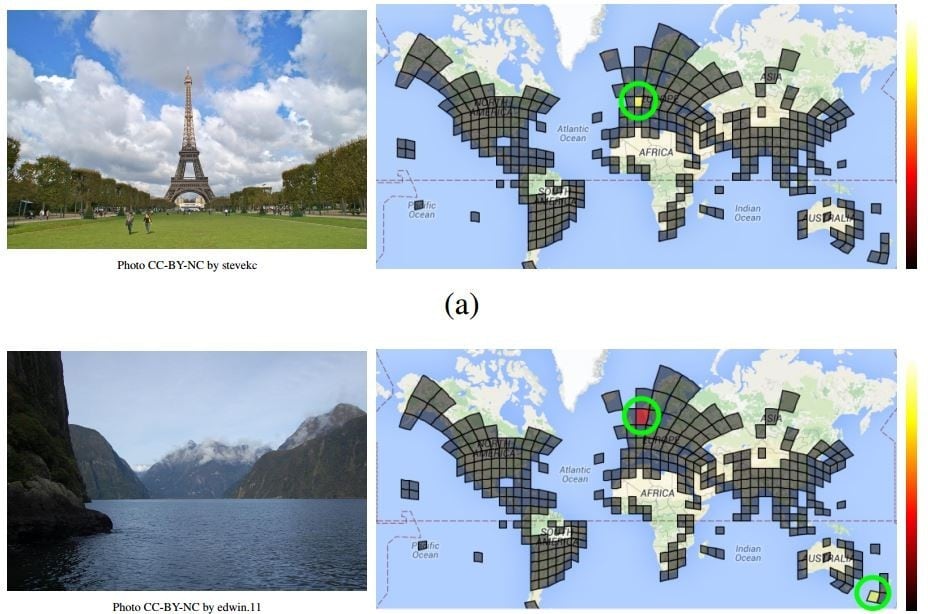
7. Grammer lesson
Computational photography has been slowly infiltrating the imaging domain from Lytro’s light field cameras to the iPhone 7 Plus “Portrait Mode.” Photogrammetry – the science of taking measurements from photographs (or during the process of capture) – helped stunned scientists visualize 40 shipwrecks in the Black Sea dating back to the 13th or 14th century.

Expedition and Education Foundation/Black Sea MAP
8. But everything ain’t digital
Technology has accelerated the adoption of photography from a curious niche to a daily activity for the masses. But for the analog-inclined, there’s great news. Film photography has been making a startling comeback and alternative processes like developing with coffee have elevated the heart rates of photographers. We love how Giles Clement creates 16×20 ambrotypes, and then photographs his subjects holding their transparent, larger-than-life visage.
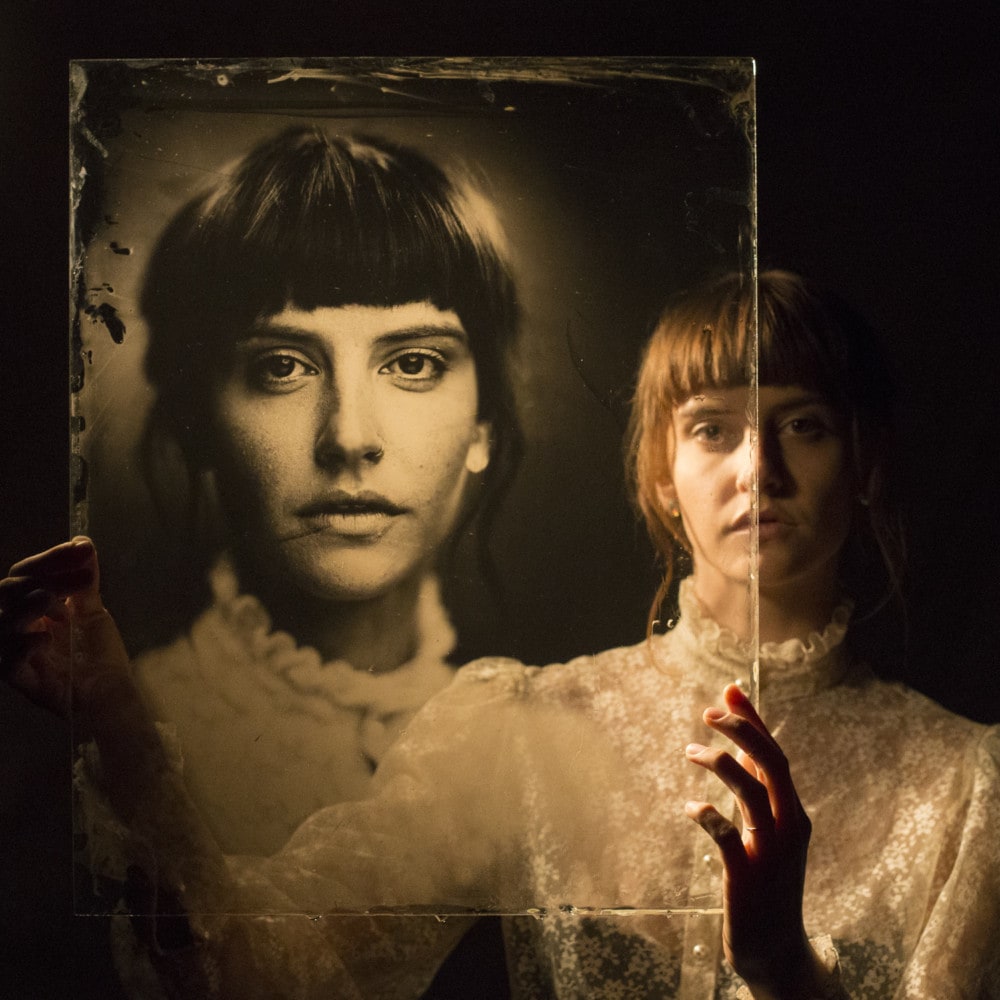
Photo by Giles Clemet
9. A stolen gnome returns bearing photos
We don’t condone theft of garden gnomes, but if you’re gonna do it, you might as well return it with a gift. Bev York, a woman in British Columbia, found her stolen gnome returned to her garden with a photo book of its international adventures.
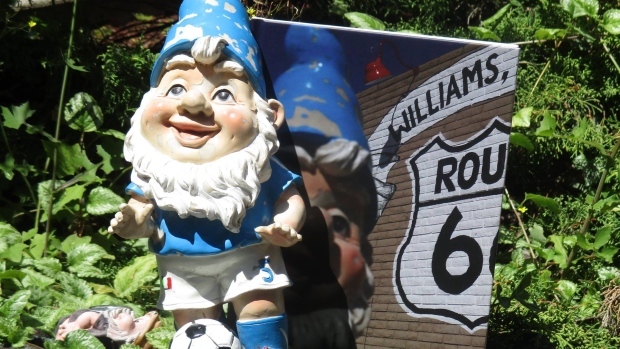
Photo by Bev York
10. Authentic family albums
Family photos can be awkward but for the most part they illustrate idealized moments: a birthday, a graduation, a wedding, etc. Sophie Howarth and Stephen McLaren reached out to their network of photographer friends to edit “Family Photography Now” a more authentic look at the travails and triumphs of family life with work from photographers like Timothy Archibald, Christopher Capoziello, and Motoyuki Daifu.
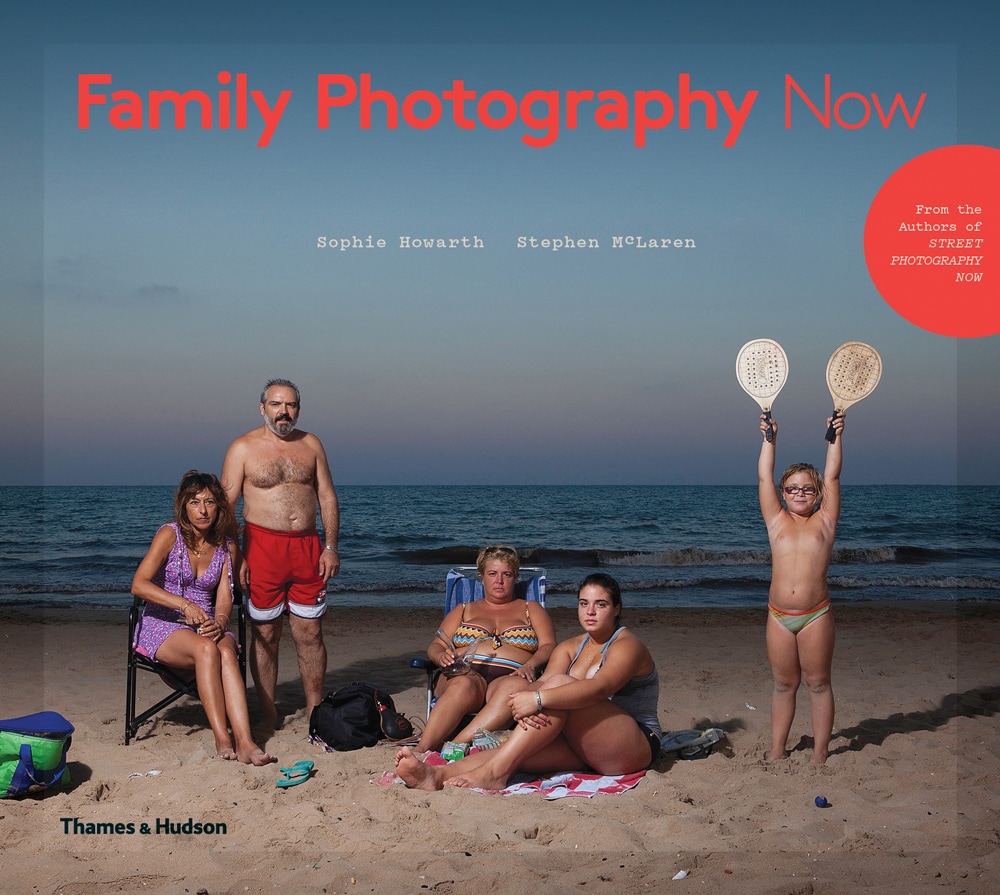
11. Space loops
Animated GIFs, boomerangs and looped Vine videos can be a bit gimmicky. But Armand Dijck used images taken by astronauts on the ISS to stitch together eye-popping 4K cinemagraphs.
12. 8 years and 2 million photos later
Americans have polarized views on politics, but the work of White House photographer Pete Souza has been indisputably awesome for the past 8 years. From the quietest to the most intense of moments, Souza has captured the life of the Presidency in an admirable and enviable way.
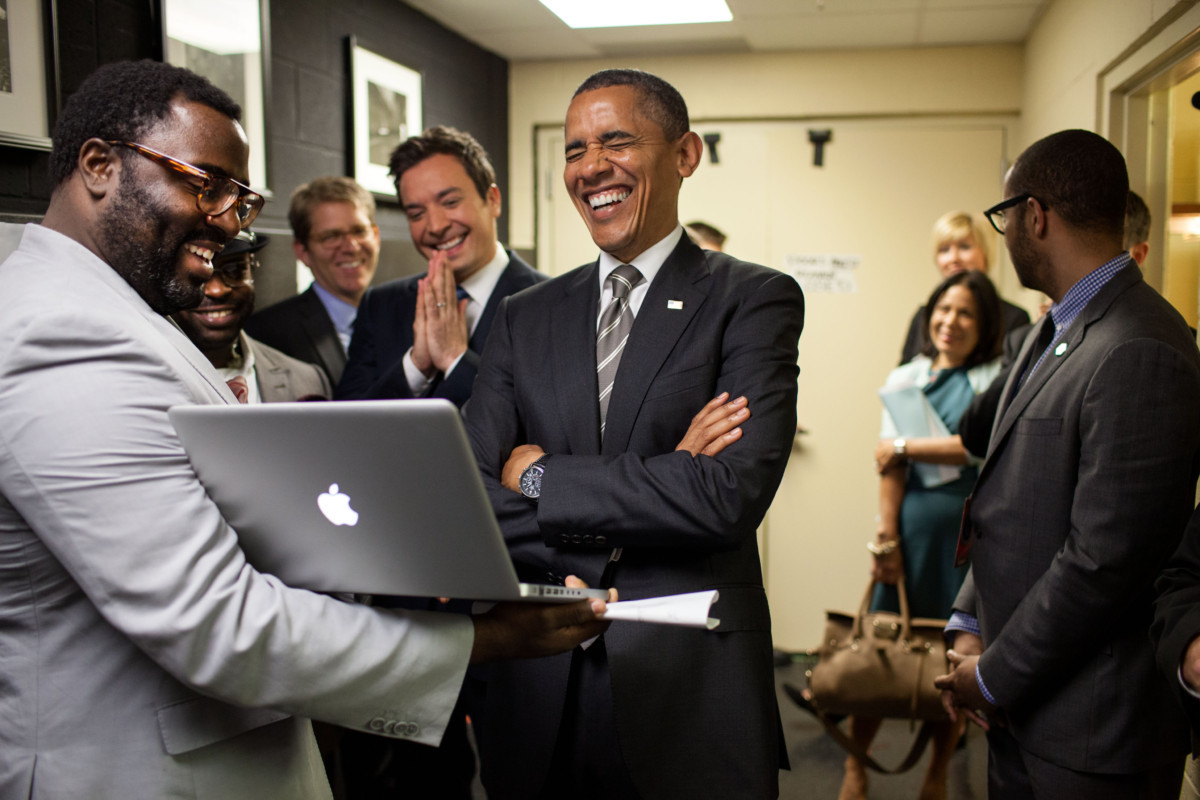
Official White House Photo by Pete Souza
13. Maybe the trees aren’t crooked
From our anthropocentric perch, trees can sometimes seem crooked. But Daniel Temkin wants you to see the world from the trees’ point of view.
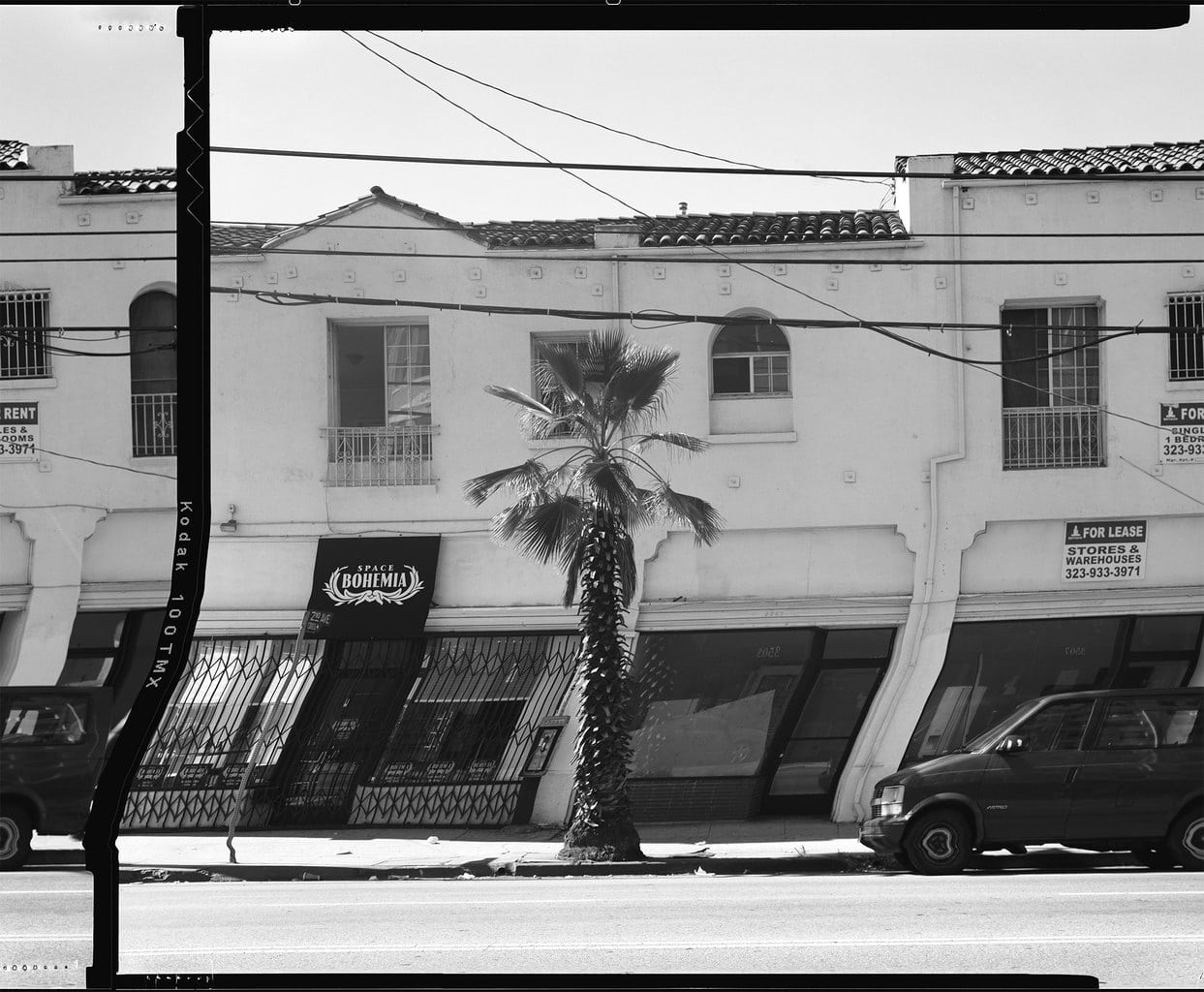
Photo by Daniel Temkin
14. Instant camerafication
The surprising success of Fuji’s Instax cameras has led to the development of not one, but two more instant photography cameras this year. Impossible Project’s I-1 features an LED ring flash, and even Leica got into the game with the Sofort.
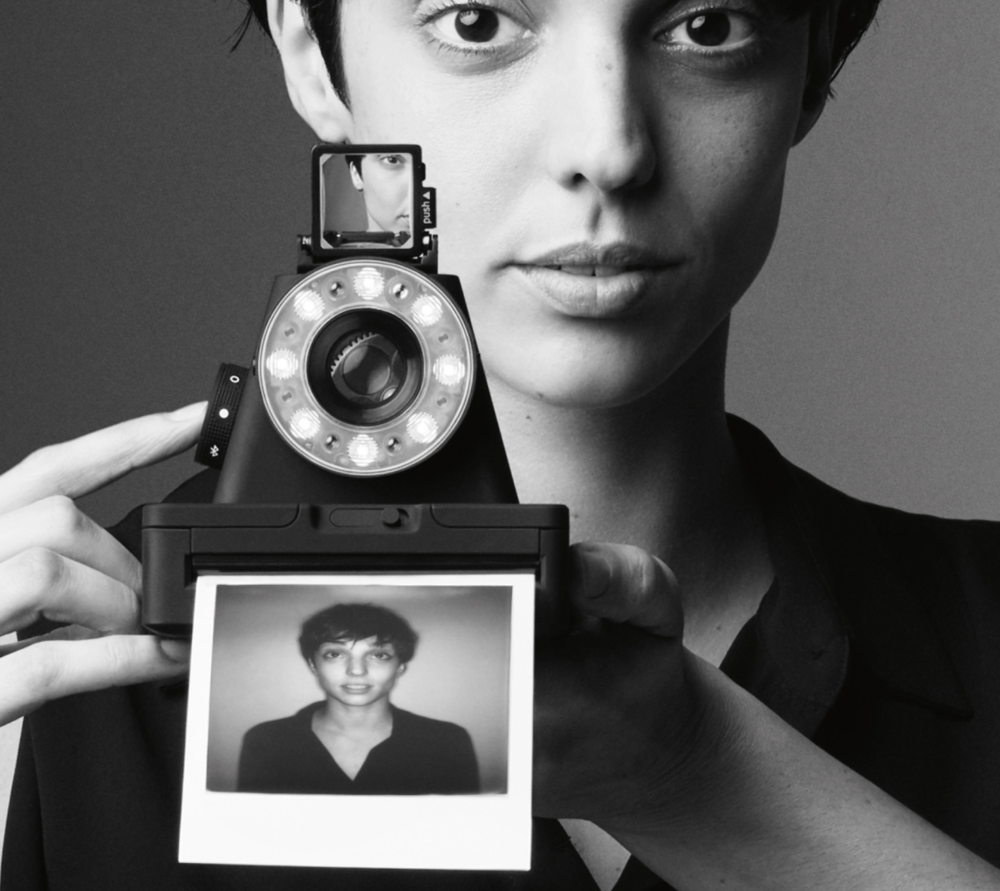
15. It was just personal
Rob Whitworth starting playing around with his signature hyperlapse technique – dubbed “flow motion” – in 2011 while in Vietnam. From there, he continued creating and refining his stunning flow motion shorts as a series of personal projects, which caught the eye of a television producer. That producer, Fredi Devas, happened to be working on the BBC’s Planet Earth II. This week, in the series’ final episode, a new Whitworth 3-minute flow motion segment will be seen by up to 600 million people worldwide.
16. Masayoshi Sukita & David Bowie
In documentary photography, photographers fight for “access.” But access doesn’t come without trust, and trust is usually gained over time. Masayoshi Sukita built that trust with David Bowie over 40 years, and witnessed the many transformations of a man whose untimely passing shocked the world.
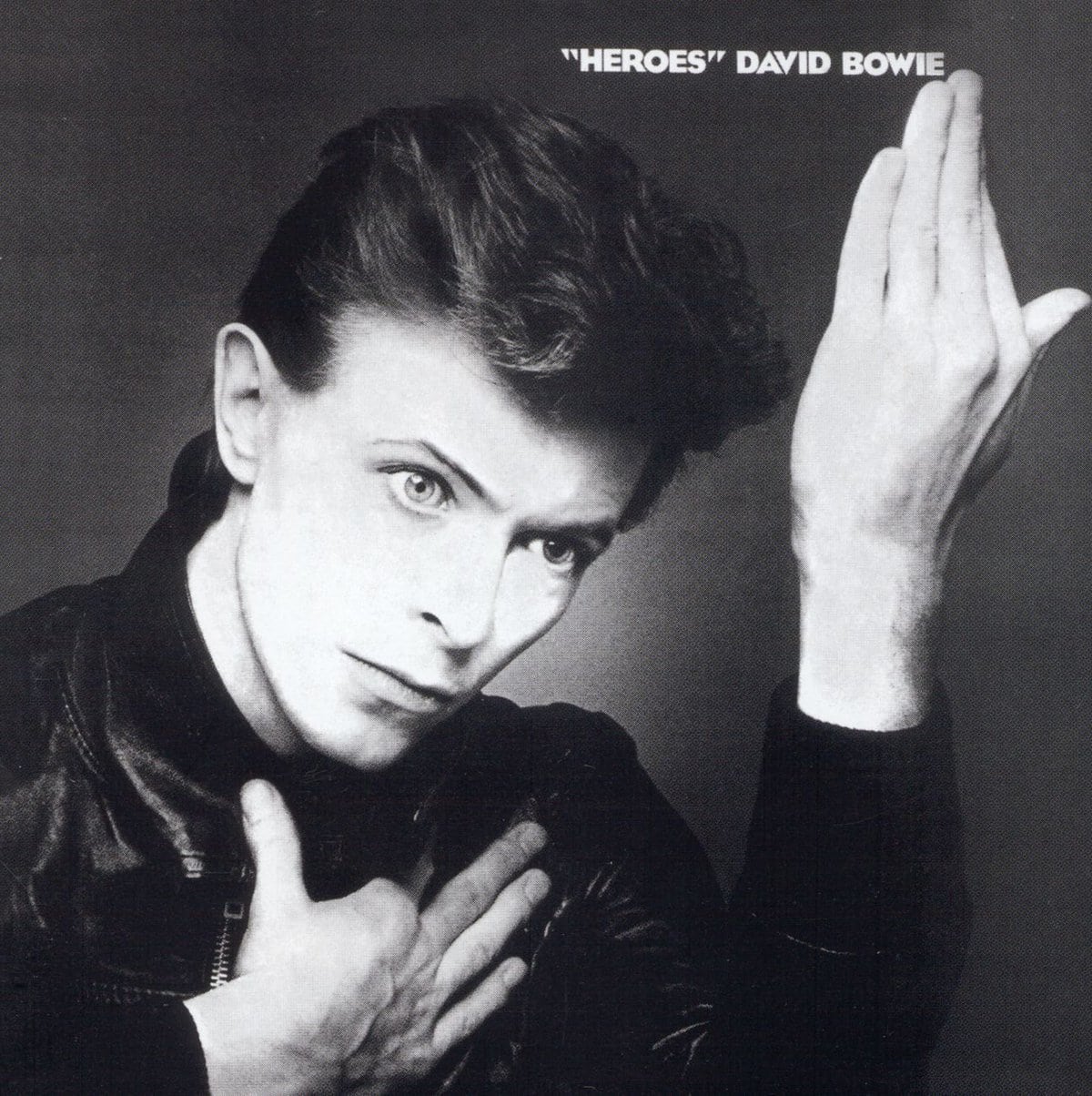
17. The Olympics prove the value of a photo editor
The economics of sports photography means when it comes to a large event, many publications are sourcing images from the same wire services like AP, Getty Images, Reuters, etc. The Olympics provide the perfect venue to illustrate the value of a photo editor. The ability to prune thousands of images to just a handful in a coherent and visually stimulating fashion separates the amateurs from the pros. We liked the work of Jeffrey Furticella and team at the New York Times.
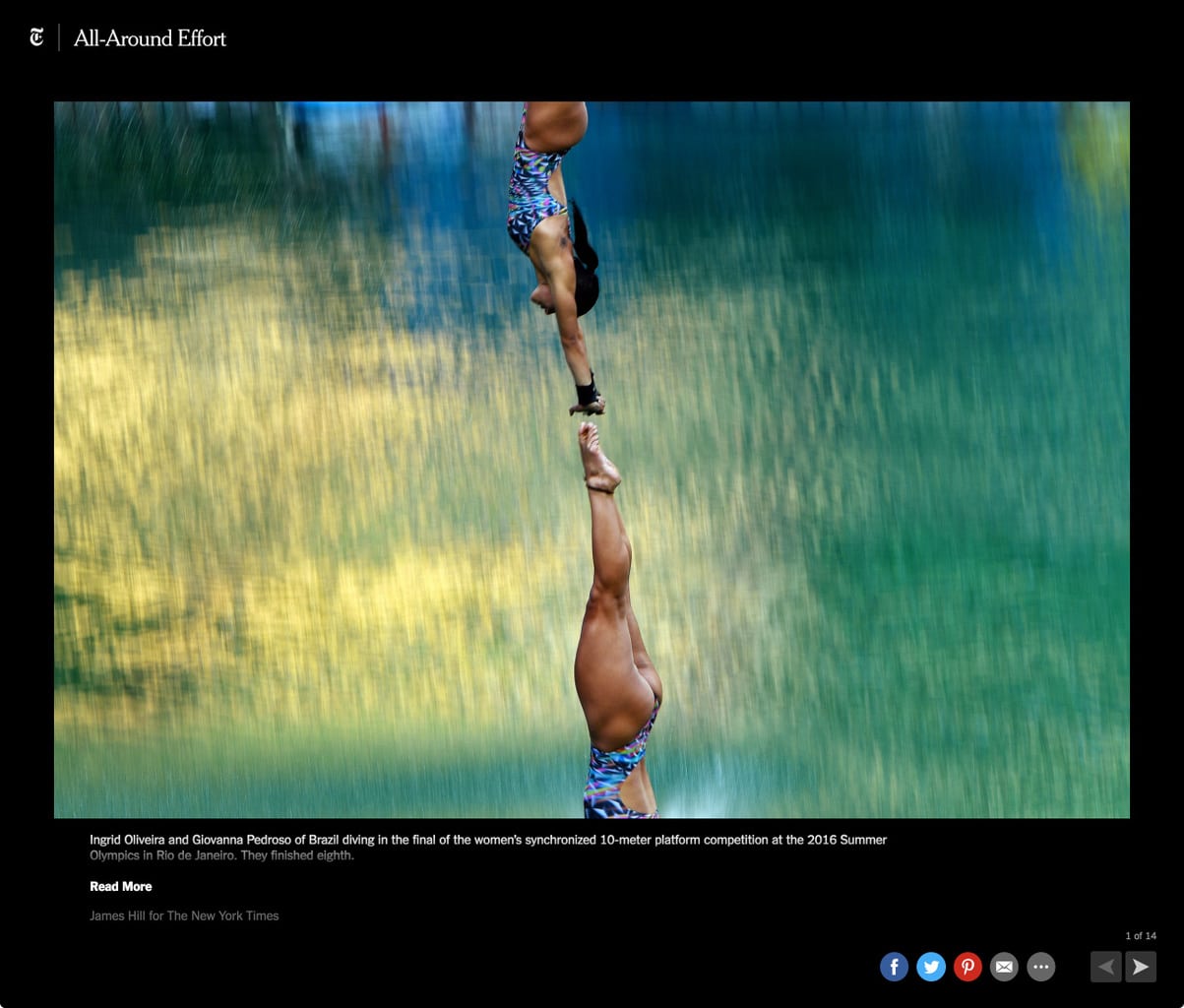
18. Planting photos
A lot of people take photos of flowers and plants, but there is certain je ne sais quoi about Deb Stoner’s still life flora. Stoner’s work is similar to Noguchi Katsuhiro, but her muted palette conjures up the paintings of the Dutch Masters. Take time to smell the flowers.
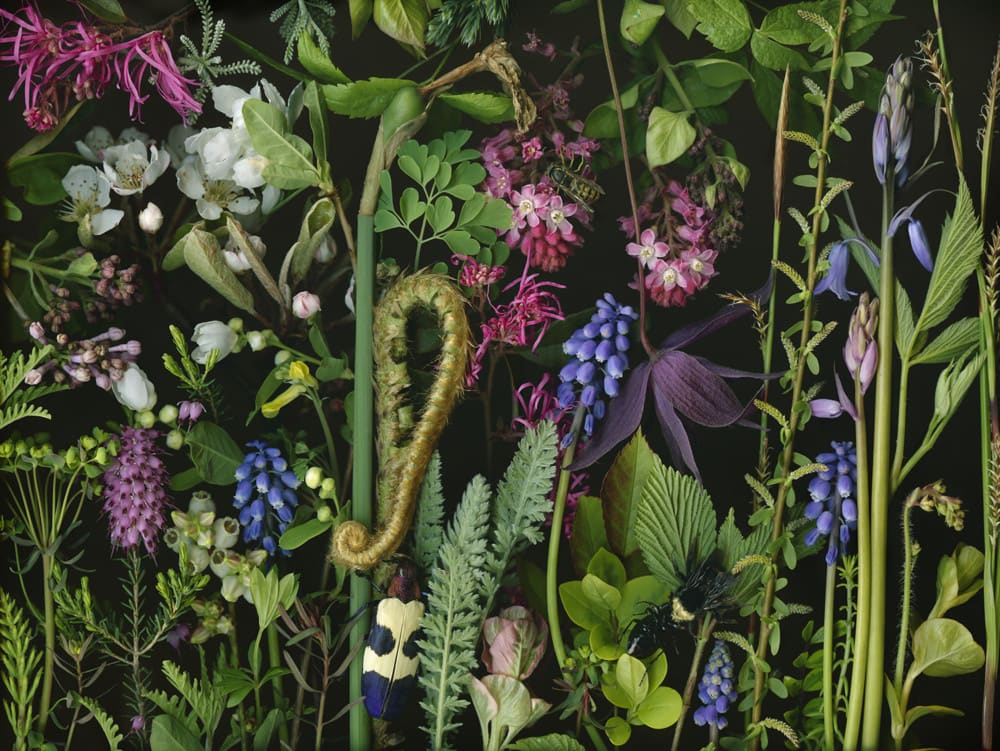
Photo by Deb Stoner
19. These photos are for the birds
Let me just say it: There are a lot of crappy bird photos. All the more reason to chirp about the Xavi Bou’s strange Ornitographies and Miranda Brandon’s poignant portraits of bird strikes.
20. How to find parking at National Geographic
Celebrating the 100th anniversary of the U.S. National Park Service, National Geographic initiated a year-long celebration including an entire issue dedicated to Yellowstone National Park. The images are exactly what you would expect: Incredible.
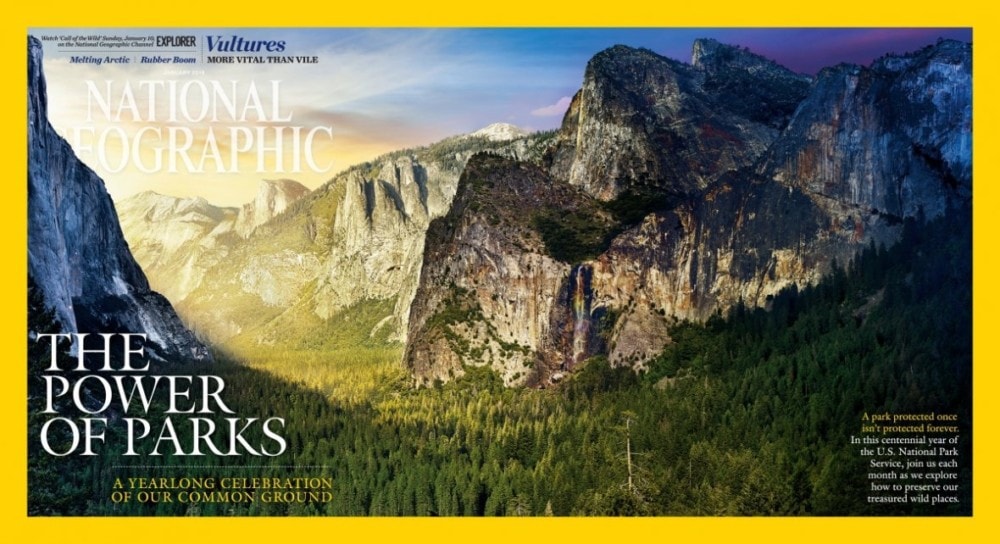
21. He’s still the “Man”
For 7 years, the hugely entertaining Kaiman Wong as shared his quirky and self-effacing personality with DigitalRev TV, the most subscribed photo channel on YouTube. But this year, he surprisingly announced his departure from DRTV in Hong Kong, and returned to his home in the UK for bigger and better things.
22. It’s a bird, it’s a plane, it’s…
The moon travels in an elliptical orbit around the earth, and every once in a while, the full moon hits its perigee making it appear 14% larger and 30% brighter than at its apogee. In other words, it’s a great time to take pictures. Alan Taylor at The Atlantic had a great round-up, and we’re feeling pretty over the moon about Neil Hall’s image.
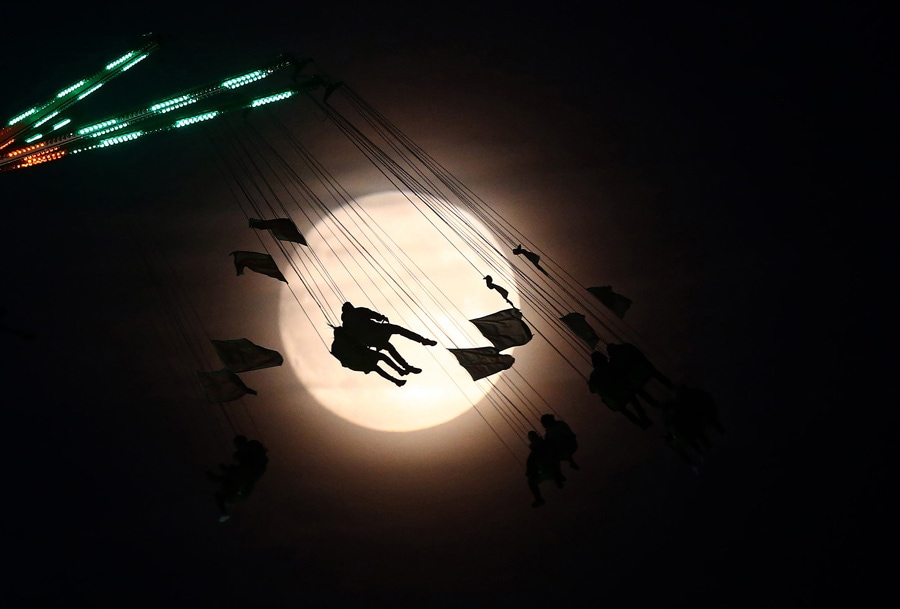
Photo by Neil Hall/Reuters
23. They used to be so cool
Reginald Van de Velde likes to travel to “forsaken” places around the world to photograph forgotten things. Along with derelict hospitals and crumbling chateaus, Van de Velde photographed a series of abandoned cooling towers that re-condense steam from thermoelectric power plants.
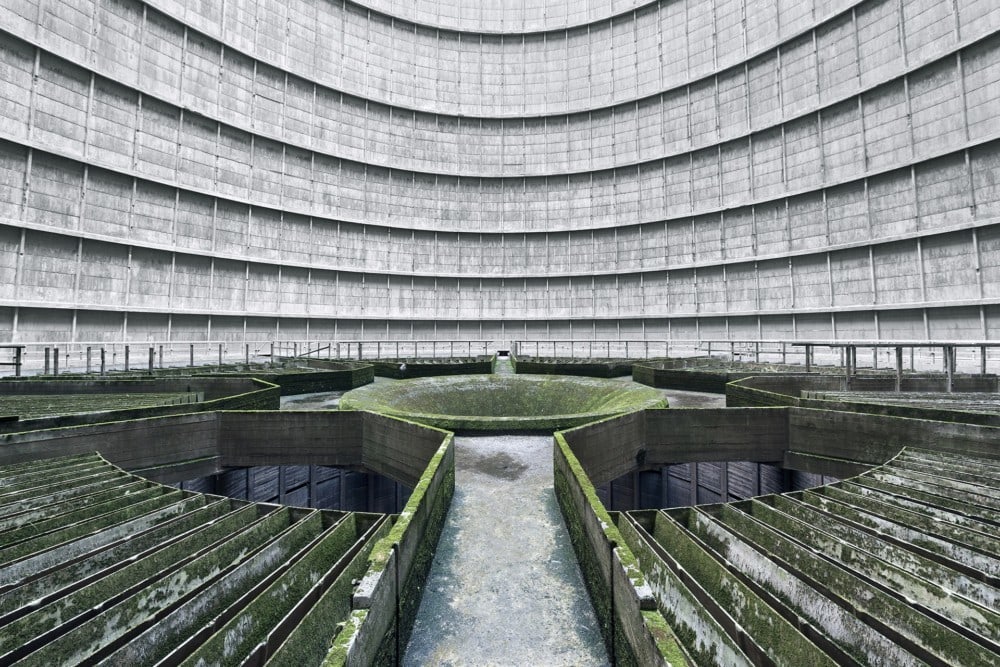
Photo by Reginald Van de Velde
24. Eating lunch at your desk
They say sitting is the new smoking. This makes Brian Finke’s project all the more melancholy. Finke visited 10 companies in four states to catch hardworking Americans in the act of eating at their desk for The New York Times Magazine piece entitled “Failure to Lunch.”
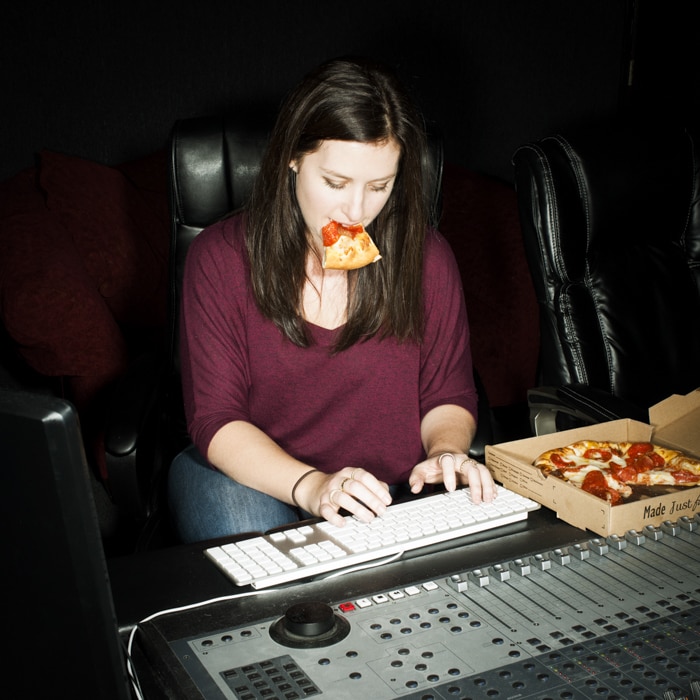
Photo by Brian Finke
25. My first haircut
For fifty-four years, Al Criscillo documented the inaugural haircuts of his smallest clients. Since the closing of his barbershop in Williamsburg, Brooklyn, many of his images have resided between mylar in the City Reliquary, a tiny museum of city artifacts.
26. Photos in real life
In May, the new SF MOMA opened their Snøhetta-designed expansion with the largest dedicated space for photography in the US. Then in June, the International Center for Photography opened its new digs on Bowery Street.
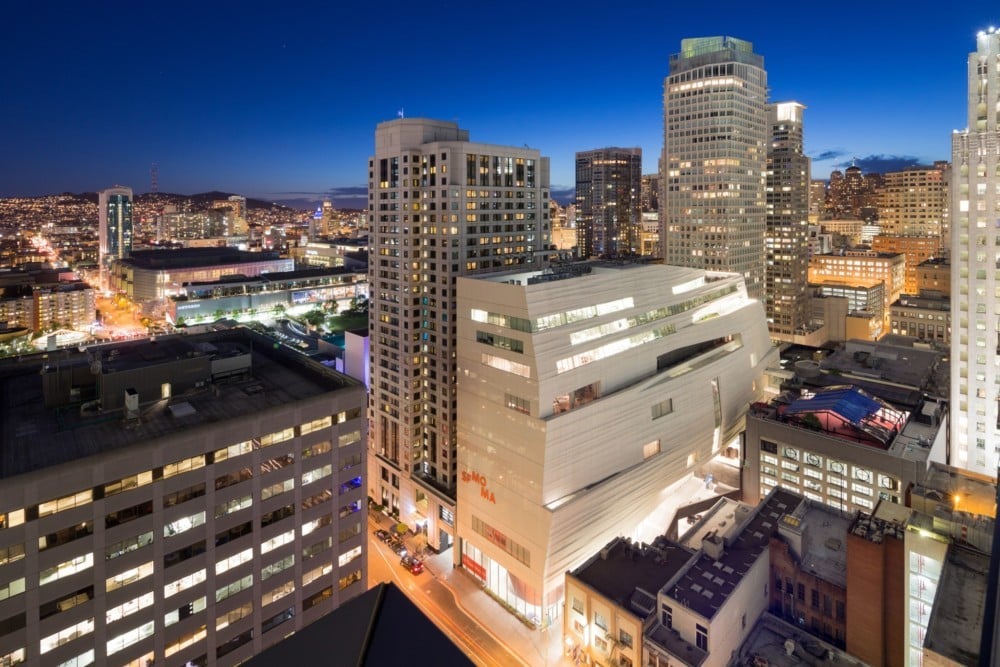
27. Bystander recordings
Amidst the deluge of consumer-made vernacular photography is a narrow genre of bystander recordings that rivet and horrify. From Philando Castile to Micah Xavier Johnson, we now have a live window into a tragic slice of life. An exhibit at the Bronx Documentary Center captured the genre’s long history.
28. The scanman commeth
Scanning old photos used to be an arduous and expensive task. Leave it to techno wizards at Google to create a phone app that takes multiple images to analyze and remove artifacts like glare and skewing distortions, while automatically applying color and exposure correction.
29. “Denial” ain’t just a river in Egypt
As communities are directly affected by climate change, photographers are there to capture the tremendous toll that climate change inflicts upon communities. Greg Kahn went to his backyard of Maryland to document the 3mm of annual sea level rise. James Whitlow Delano organized a worldwide coalition of photographers to contribute to @everydayclimatechange. But we were most shocked to see Stefan Schlumpf work documenting the Swiss effort to cover the Rhone Glacier with blankets.
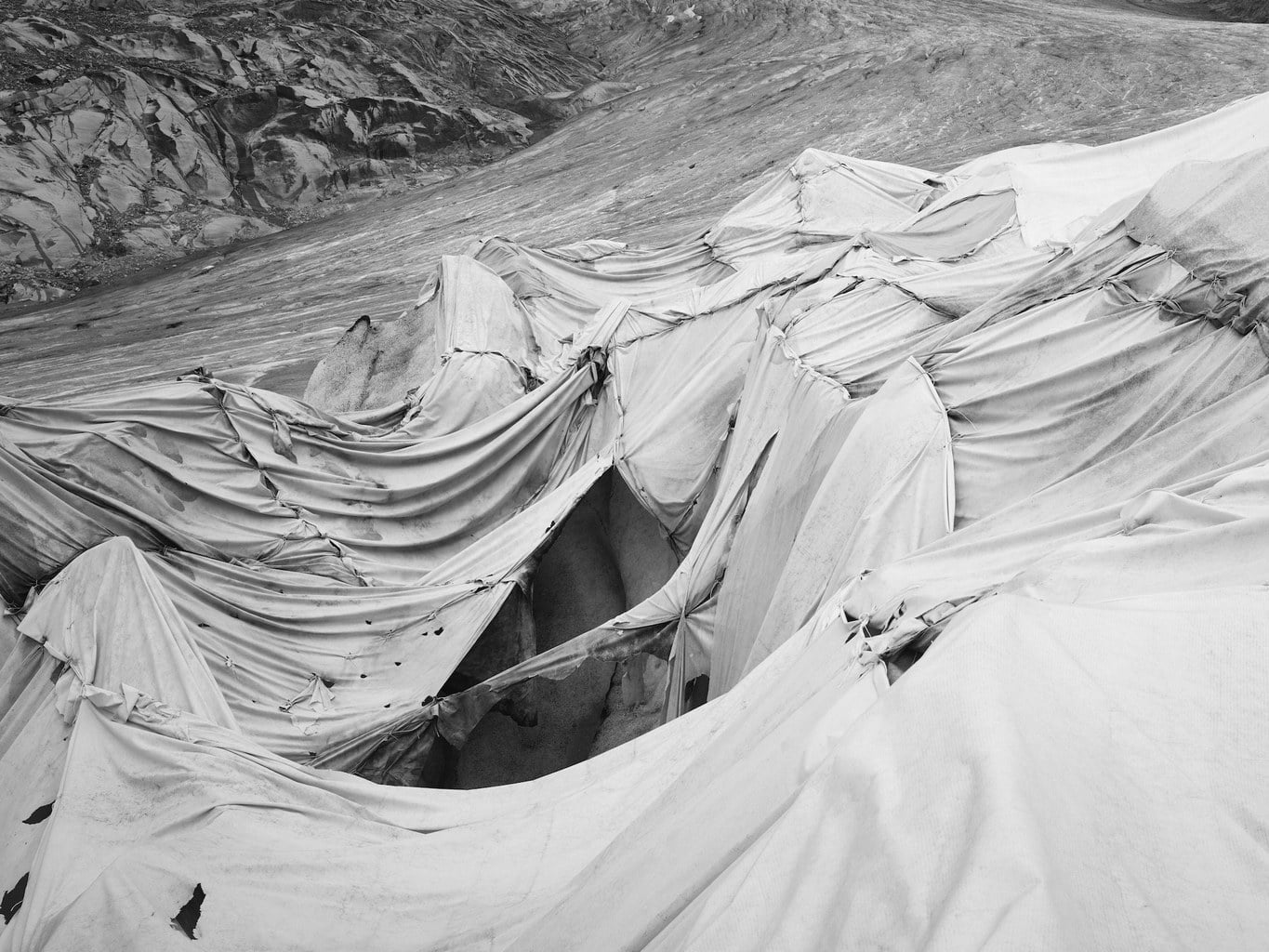
Photo by Stefan Schlumpf
30. A father’s portrait of a dying daughter
In a heartbreaker of a story, UK-based Andy Whelan started documenting the daily struggles of his 4-year old daughter, Jessica, who suffered from neuroblastoma, a nasty cancer that often affects children under 5. The anguishing story came to an end on November 20, when Whelan announced on Facebook that Jessica had succumbed to the disease. RIP.
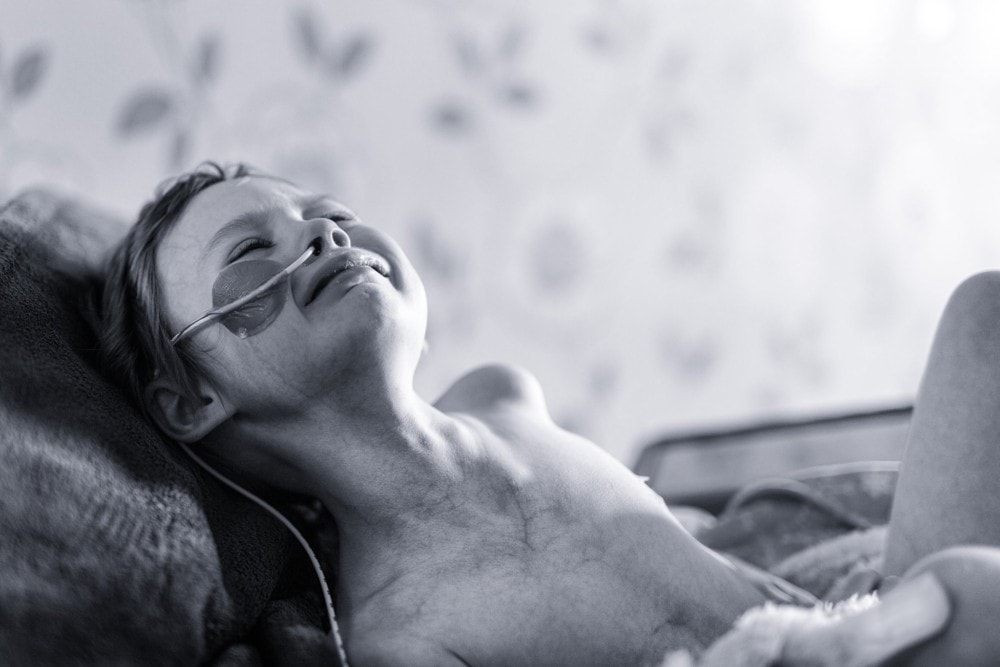
Photo by Andy Whelan
31. Got a spare 400mm?
The Canon EF 400mm f/2.8 IS USM II ain’t cheap at a street price of $9,999. But when astronomers Pieter van Dokkum and Roberto Abraham learned about its special optical coating, they decided to build an array of 48 lenses, which helped them to discover new galaxies that other ground-based telescopes couldn’t see.
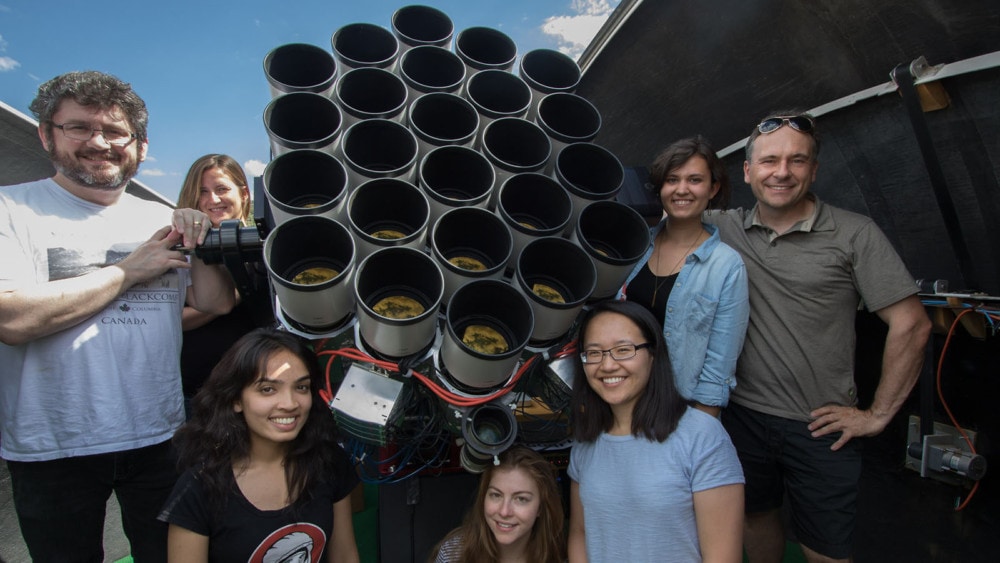
32. Child brides take each others’ photos
For 15 years, Stephanie Sinclair has documented the disturbing practice of child marriage where typically a young girl is wed to a much older man. This past year, her organization Too Young to Wed partnered with the Samburu Girls Foundation in Kenya and gave cameras to 10 girls who had been rescued from child marriage and genital mutilation. The art therapy gave a voice to the girls, and revealed some honest-to-God photographic talent.
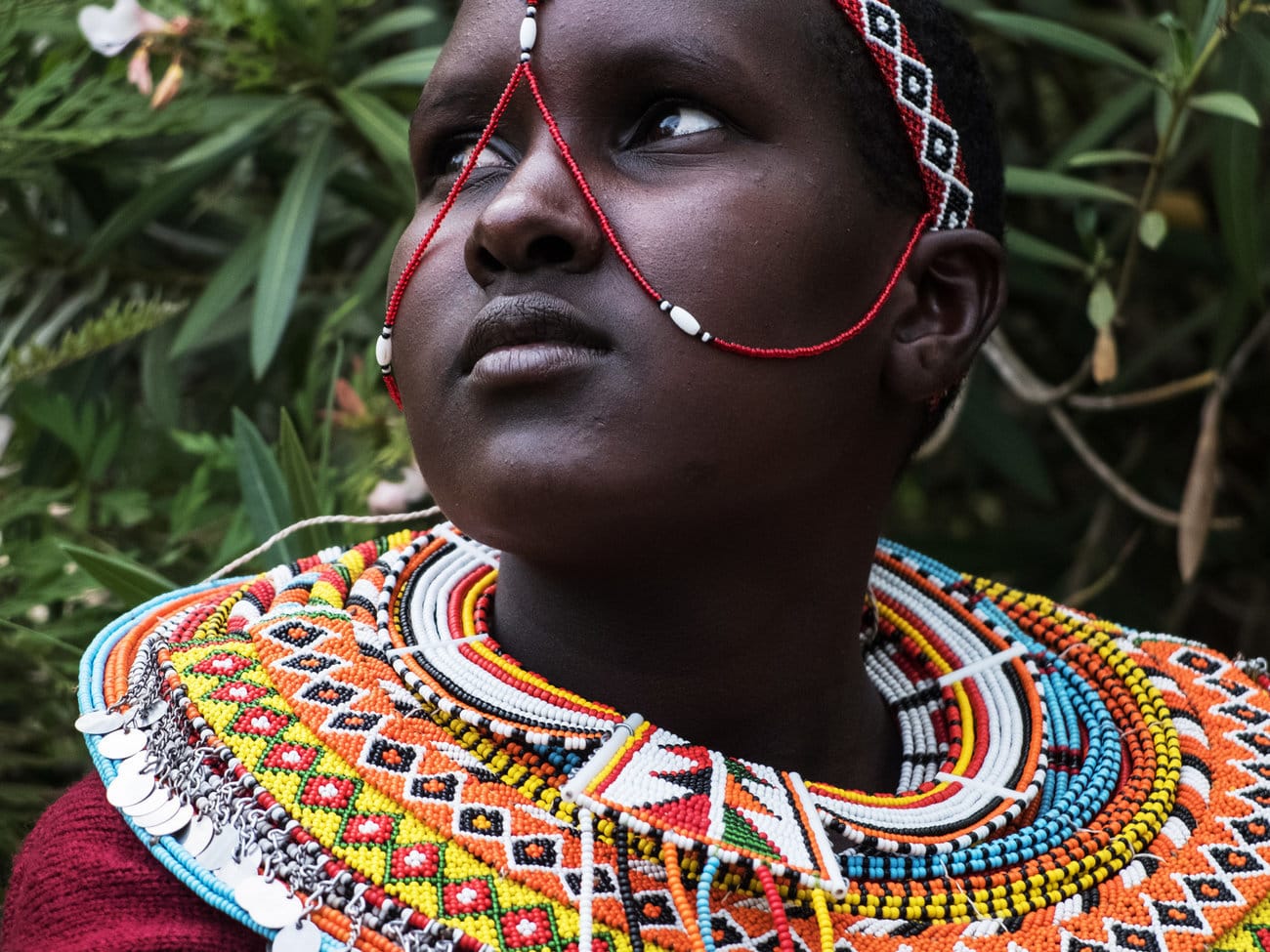
Modestar/Too Young To Wed/Samburu Girls Foundation
33. You might need your glasses for this
Just when you finally stopped thinking of Snapchat as a sexting app for teens, along comes three major announcements. 1) Snapchats daily users exceed Twitter, 2) they’re working on an IPO that could value the company at $25 billion, and 3) they’ve gotten into the hardware business with the almost universally lauded Snapchat spectacles. The stylish frames (no really, remember Google Glass?) take a circular video so that it can be viewed in both portrait and landscape mode.
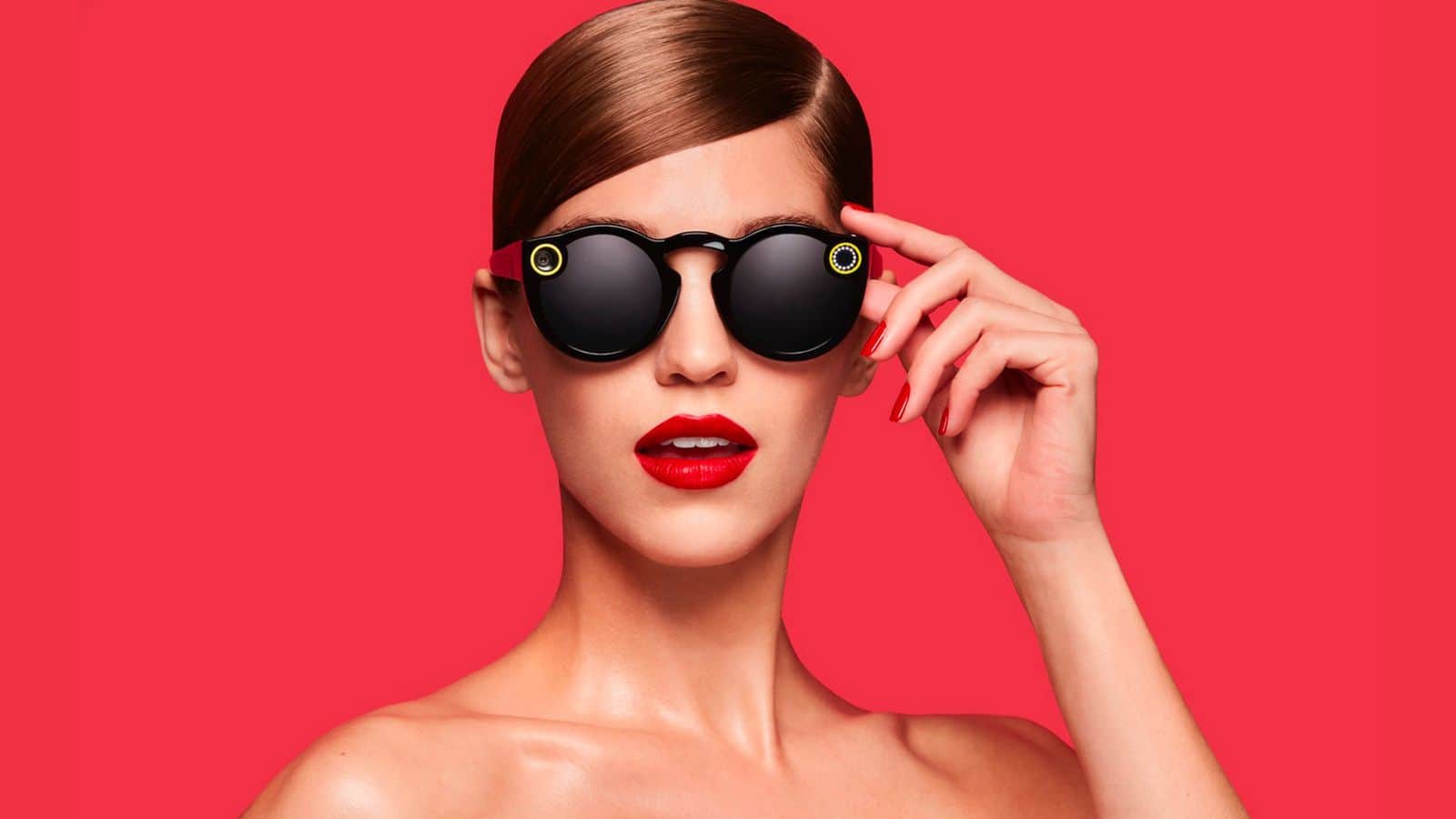
34. Hitting all the right keys
Classical music has a reputation for being dull and the domain of old people with white hair. But if you’ve followed Yuja Wang, then you probably know that nothing could be further from the truth. Pari Dukovic marvelously captured Wang in a profile for the New Yorker with a little bit of rock ‘n roll.
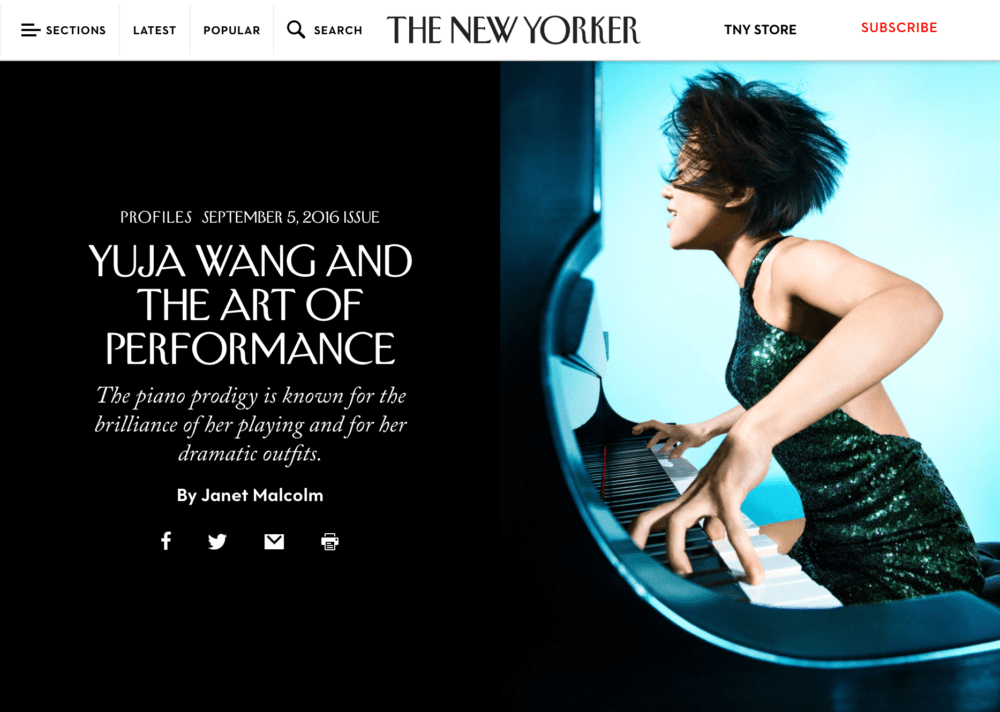
35. Tragically, photos made no difference
We hoped that the photo of 3-year old refugee Alan Kurdi face down in the shallow waters of a Greek beach would shock the world into positive action. But here we are again. Covered in ash and with the blankest of expressions, 5-year old Omran Daqneesh perfectly illustrated the despair of an on-going Syrian civil war that started when he was born.
36. “Duterte Harry”
Philippines President Rodrigo Duterte called for vigilante justice by stating “Kill them all” to combat the scourge of drugs and crime in the country. The result has been the murder of thousands in highly questionable extra-judicial killings. POYi Photographer of the Year Daniel Berehulak covered 51 murders in just 35 days for The New York Times.

37. RIP Bill Cunningham
Perhaps he didn’t possess the technical acumen of some of his peers, but Bill Cunningham was peerless in his observational skills and the significance he played in defining street fashion photography. Plus, he was one hell of a guy. We’ll miss you Bill.
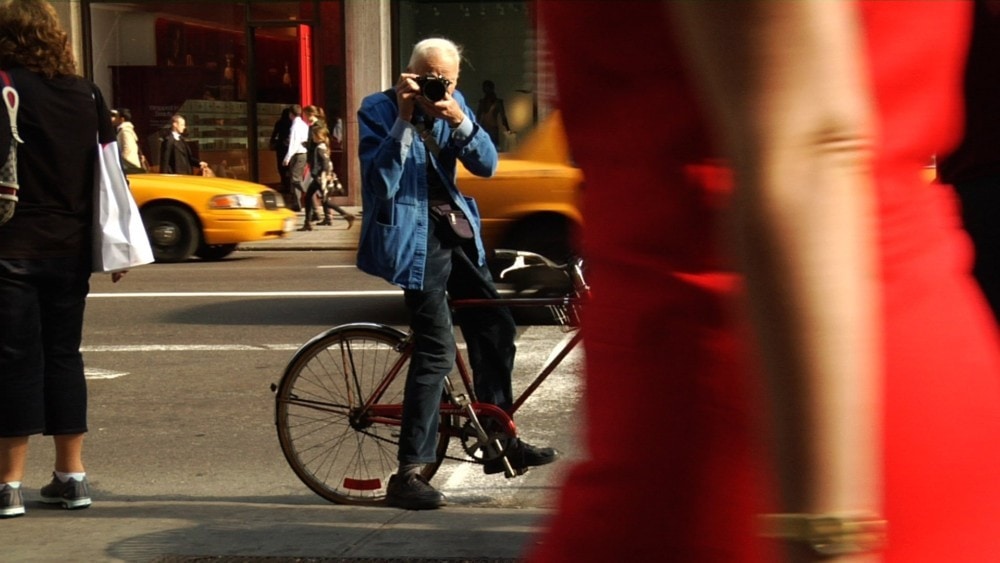
First Thought Films / Zeitgeist Films
38. Sexy beast
A camera is just a tool. But there ain’t nothing wrong with having sexy tools. Hasselblad surprised everyone with the announcement of the X1D – the world’s first mirrorless medium format camera at the bargain price of $8995. Yes, that’s a lot of cheddar, but it’s all relative. Not to be outdone, Fuji announced their GFX 50S which they claim will be “well under $10,000” with an included lens.

39. Behind a gold star
You probably remember the rousing speech of Gold Star father Khazir Khan at the Democratic National Convention. What you might not know is that 9 years ago while working on a his book entitled “War is Personal,” Eugene Richards came across a man at Arlington National Cemetery grieving over his son’s grave. That man turned out to be Khan – mourning the loss of his son who made the ultimate sacrifice for country.
40. Against All Odds
Upon the release of his remastered albums, 80s rocker Phil Collins reshot all his classic covers.
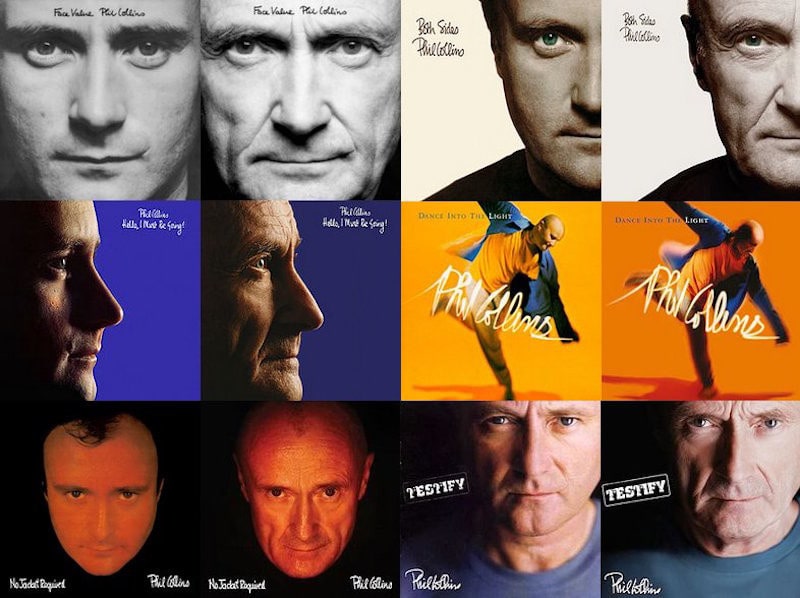
41. Takin’ it to the streets
The Lens blog writes, “Andre Wagner became a standout point guard at Buena Vista University and helped lead it to two Iowa Intercollegiate Athletic Conference titles. He tried to pursue a career in basketball, but no matter how hard he worked, no team wanted a point guard shorter than its mascot. So he came to New York anyway — to study to become a social worker. A part-time job in the photo studio of an e-commerce company caused him to pivot from social work to photography and helped him discover his true love: photographing on the streets of New York.” Armed with a film camera and darkroom, Wagner proves that street photography is very much alive. “People say New York is overphotographed, but I don’t think so,” he said. “Life is always new, and my New York is different than your New York.”
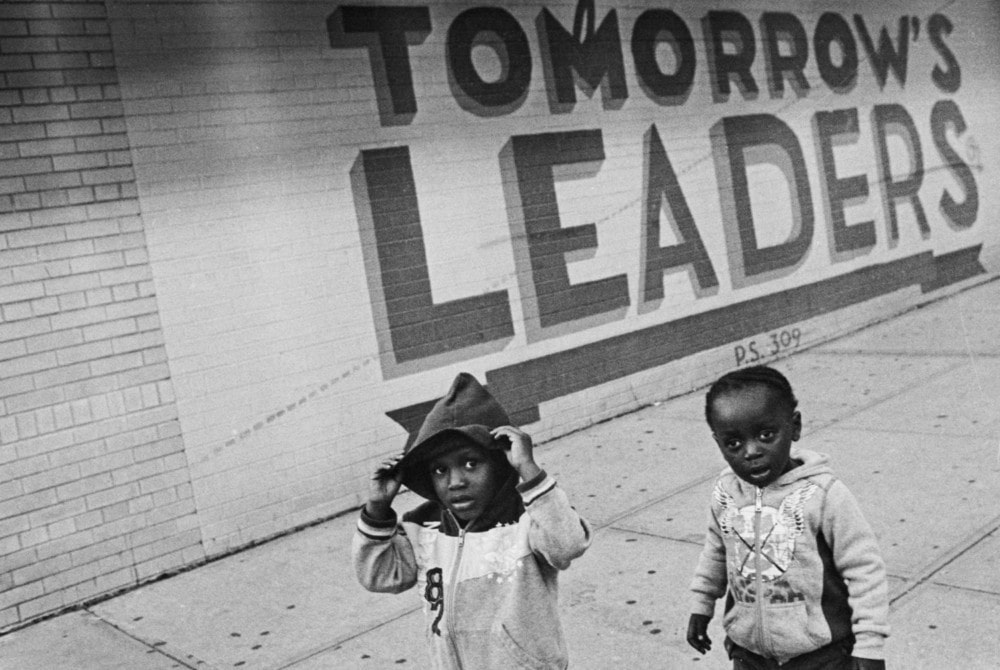
Photo by Andre D. Wagner
42. A Devine moonshot
15-year old Chicago teenager Brendan Devine set up his Canon 7D on a tripod one evening and took a series of photographs of the moon. Whereas most people would have called it a night, Devine stacked his 72 best frames and then, in an effort to make the image “pop,” inverted the colors. For all his trouble, he won the Young Astronomy Photographer of the Year award, and reminded us that perseverance and creativity gives us successful moonshots.
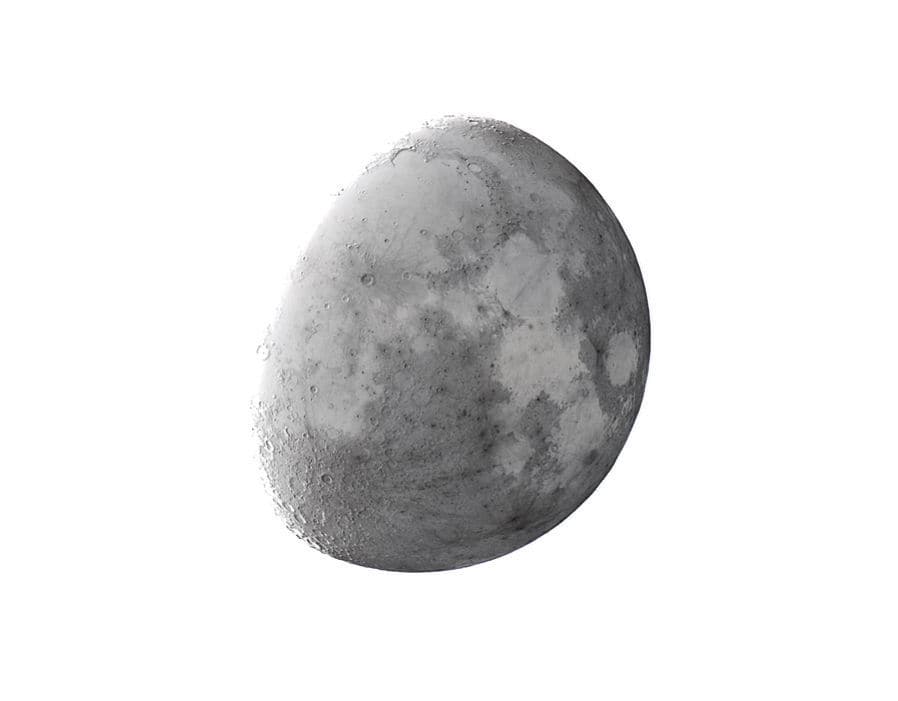
Photo by Brendan Devine
43. A picture is worth a thousand words (and you should read the other 4000 words in this essay)
Over the course of two decades, Isabelle Mège, a medical secretary in Paris convinced hundreds of renown photographers to photograph her without compensation. She edited down the images to 135 – the “collection” – which fewer than five people have seen in its entirety. The muse becomes the artist in an incredible story on the New Yorker.
44. One frame fairy tales
Gregory Crewdson is arguably the godfather the one-frame, staged-narrative-style of photography. But German photographer Laura Zalenga’s Grimm’s Fairytales might give him a run for his money. Zalenga recreates key moments from famous fairytales, and also acts as her own model.
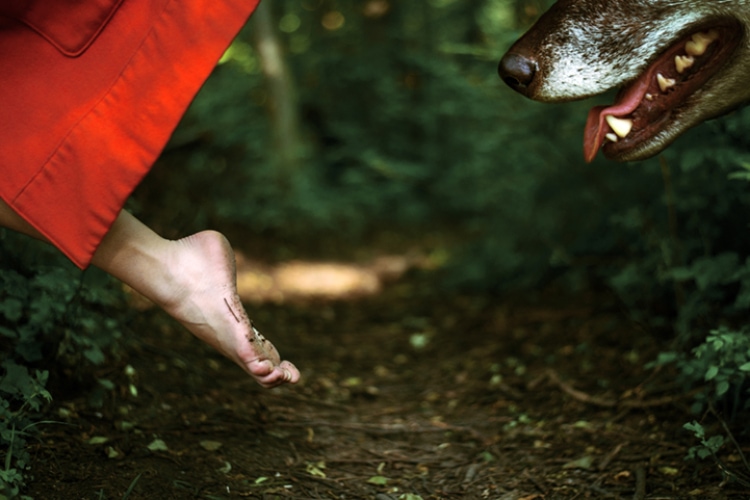
Photo by Laura Zalenga
45. A leg up
Photographer and editor Stacey Baker always wanted longer legs, but her project New York Legs opened her eyes to the wide range of shapes and sizes of the City’s women, adorned with a myriad of fashion options.
https://www.instagram.com/p/wwiMI0RFvZ/
46. Markus Brunetti takes us to church
The grandeur of a church can be inspiring, but many churches are so large and located in such confined areas that it’s hard to get a sense of the meticulous and ornate detail that decorate the façades. Markus Brunetti solved the problem by digitally stitching sometimes hundreds of frames into a perfectly straight elevation that bears more of a resemblance to an architectural drawing than anything else.
47. Hold your breath
In a feature for ESPN, photographer John Huet donned scuba gear to capture a series of dramatic images of Bill May, the world’s greatest male synchronized swimmer. Huet suggested printing some of the photos upside down to his editors because, “Underwater, they look like they are standing there, with no restrictions of gravity, so they appear relaxed, standing on top of the water.”

48. Give me your tired, your poor, your huddled masses
Angie Smith returned to her hometown of Boise, ID to document the story of the immigrant population that had resettled there from far-flung places like Somalia, Kenya, Afghanistan, Syria and more. A series of poignant vignettes shows “Rwandans in their first snow, teenage Iraqis in their first prom dresses, and Burmese practicing their first English words.” Photography can be used to break stereotypes, and Smith’s work is the proof in the pudding.
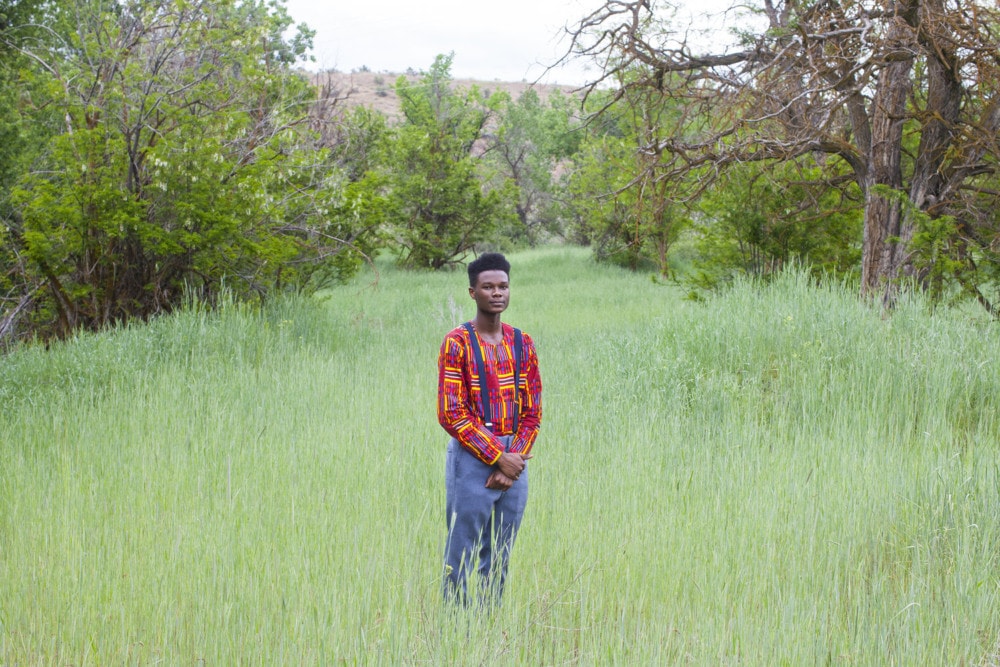
Photo by Angie Smith
49. These aren’t the nerds you’re looking for
Even today, the word “techie” probably conjures up images of nerds donning glasses and a cellphone belt clip. But it just isn’t true. Although not demographically representative, Helena Price took gorgeous portraits of the tech community in San Fran in an effort to celebrate those who do not fit the San Fran tech bubble stereotype.
50. We the people
Working with an 8×10 view camera, Greg Miller has been documenting polling stations and the workers since 2004. In his own words, “It hit me the first time I photographed polling stations that this is what American democracy looks like: a clerical exercise of shuffling papers and bean counting – not overturned cars in the streets or mobs throwing Molotov cocktails.”
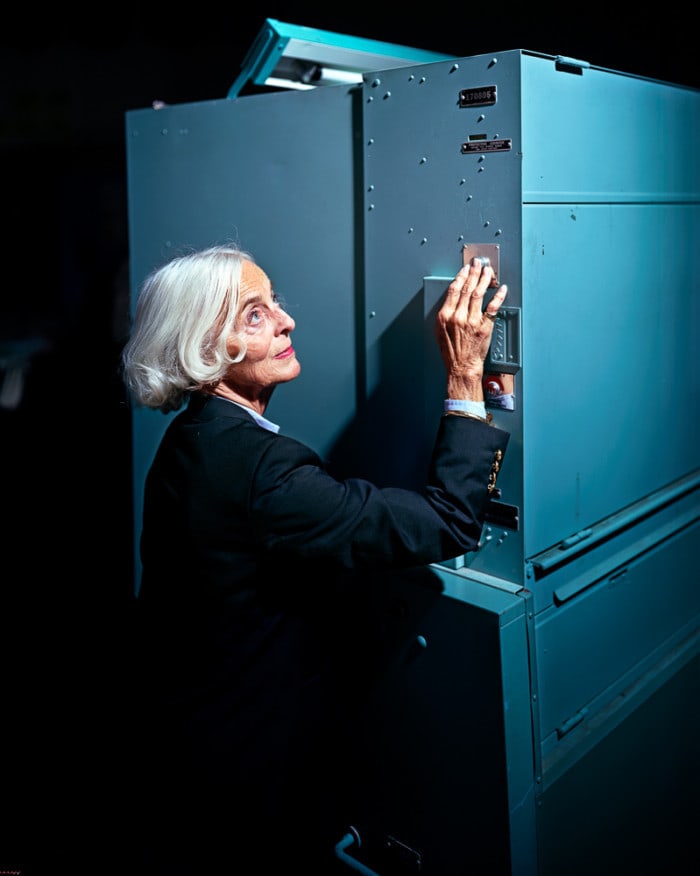
Photo by Greg Miller
Why do you love photography?
Sarah Jacobs contributed to this report
